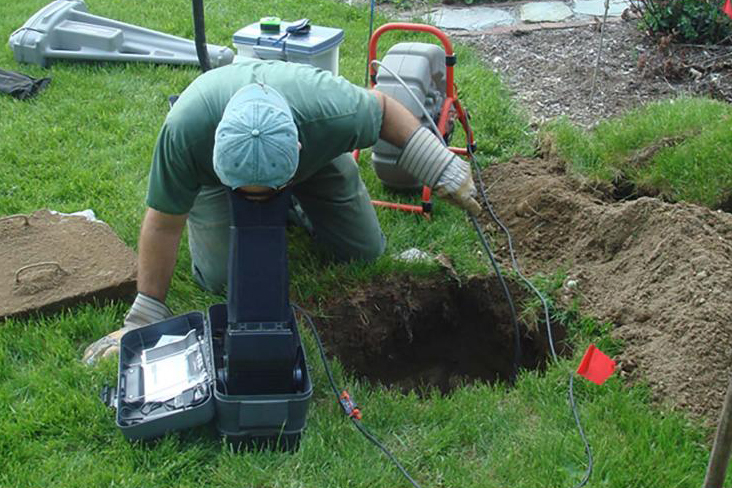Hours:
Open 24 hours a day, 7 days a week!
Quotes and Appointments:
(209) 351-5970
Call now!
We will beat anyone's prices!
Septic Tank Inspections
When should a septic system be inspected?
The septic system should be inspected once a year, including as soon as the house is put on the market for sale. This will enhance the home’s value and avoid any liability issues that might result from a malfunctioning system. It is in the interest of a prospective buyer to insist that the septic system be inspected before they purchase the home if it has not been done recently.
What might Pro Pumping inspectors look for?
- Find the date that the tank was last pumped. Ultimately, sludge level should determine whether a tank should be pumped, but knowledge of previous pumping dates can be a helpful reference.
- Check the sludge level with a “sludge judge” or a similar device. Sludge accumulates on the tank bottom and should not occupy more than 1/3 of the tank’s total volume or rise to the level of the baffles.
- The septic tank and drainfield should be far from wells and streams.
- Ensure that the system is large enough for the home that it serves. A four-bedroom home, for instance, typically requires a 1,200-gallon tank. The more occupants living in the home, the larger the tank that is required. Capacity in gallons can be calculated by tank dimensions. For rectangular tanks, length x width x depth in feet x 7.5 = capacity in gallons. For round tanks, 3.14 x radius squared x depth in feet x 7.5 = capacity in gallons.
- Check for liquid waste that has made its way to the ground surface. This condition is unsanitary and indicates that the system is overloaded. Make sure that the tank is watertight so that wastewater does not contaminate groundwater, and groundwater does not flow into the tank and cause it to overfill.
- If riser lids are present, they should be inspected for cracks and made sure they are secure.
- Make sure that the baffles are firmly connected to the tank’s inlet and outlet pipes.
- Drain lines should each receive the same amount of wastewater. They can be examined by opening the distribution box. If the box becomes tipped or clogged, it will disproportionately allocate effluent, and potentially flood sections of the drainfield.
